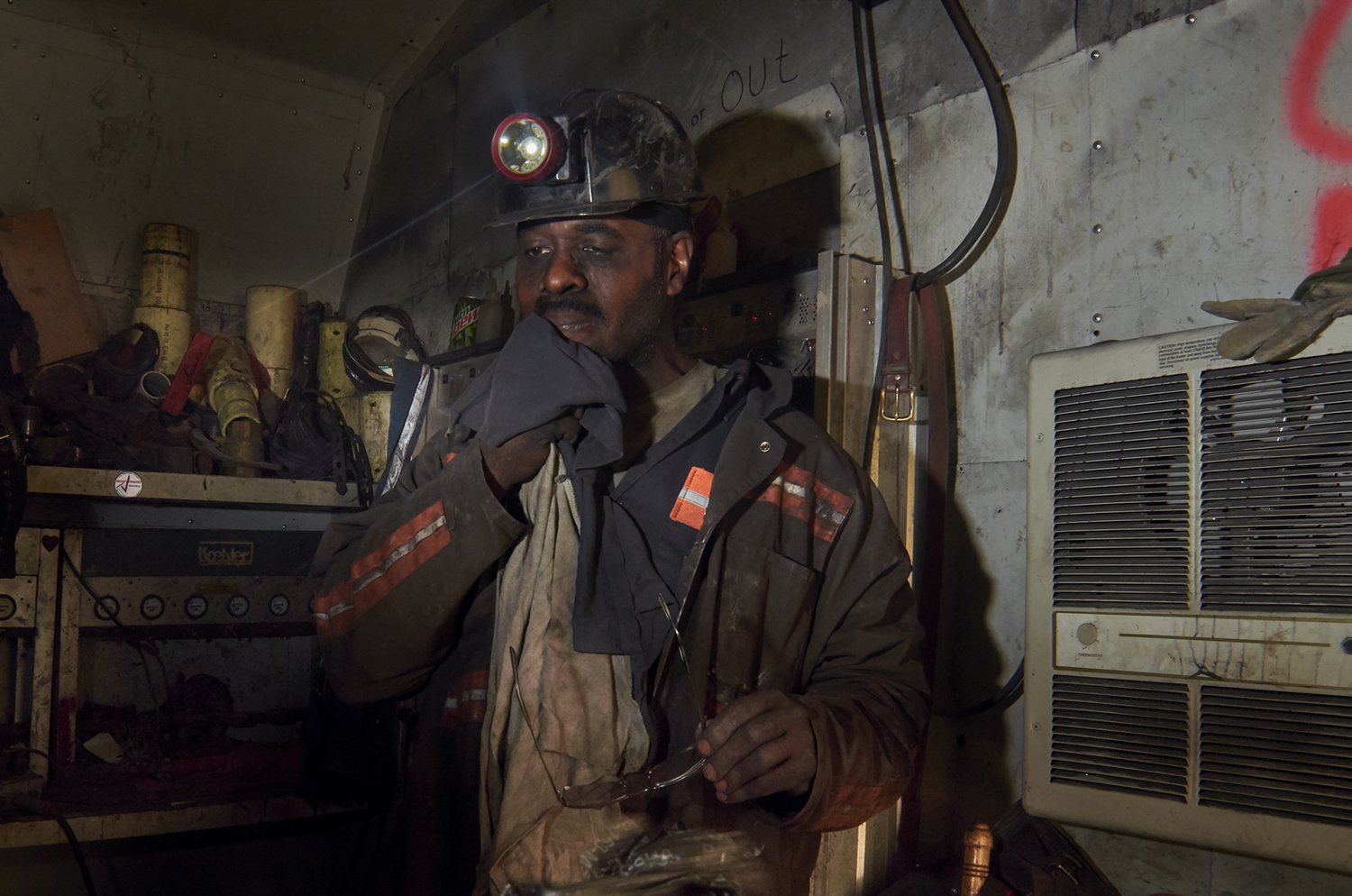Stacy Kanitz
Field Resident, Apr 16 - May 28,2022
Artist Statement
Working within the documentary tradition I make photographs that acknowledging the limits of photographic representation. My images create an expanded sense of authorship and accountability in which all parties (including the viewer) are complicit in the representational act as false but ultimately, satisfying and seductive construct. My images are honest about their shortcomings (exoticism, ambiguity, fetishization) Embracing them as sympathetic equivalents to more forcefully convey the complexity and instability of the lives, places and moments they depict.
Biographical Statement
Stacy Kranitz was born in Kentucky and currently live in the Appalachian Mountains of Tennessee. She is a 2020 Guggenheim Fellow and has received grants from the Southern Documentary Research and Development Fund, the Magnum Foundation and the Michael P. Smith Fund for Documentary Photography. Her work has been written about in the Columbia Journalism Review, British Journal of Photography, Time, the Guardian, Liberation, Juxtapoz and the Royal Photographic Society Journal. She has presented solo exhibitions of her photographs at the Diffusion Festival of Photography in Wales and the Rencontres d’Arles in Arles, France. Her first monograph will be published by Twin Palms in 2022.
KRANITZ’S PROJECT:
As It Was Given to Me is a project that explores extraction in two forms. The first involves the coal operators who came to extract valuable natural resources in Appalachia using processes that obliterated the land and poisoned the waters. The coal industry left Appalachian communities impoverished due to the callousness of capitalism’s pursuit of profit at the expense of the well-being of people. The second form of extraction involves the camera. In the 1960’s a War on Poverty was declared. The government decided it would put an end to poverty in America. They chose Appalachia as the poster child for the war. Photographers descended on the region to make images that would help unite Americans around the effort to improve the lives of a destitute and struggling people. Instead, these photographs offered a simplistic and superficial portrayal of poverty that has haunted the Appalachian people ever since. My work looks at the long term effects of this extractive industry on the region while exploring how photography can solidify or demystify stereotypes, interpret memory and history in a region where the medium has failed to provide an equitable depiction of its people.
During the residency, I will produce a series of collages that utilize photographs, drawings and text that I have made and collected during the last twelve years I have been working on this project. Collage offers a unique way of grappling with history. It holds the possibility of correcting, reinventing, deconstructing the past by linking historical moments and people to one another in new ways Collage is an ideal form to help us renegotiate our relationship to images of poverty. Utilizing photographs, archival documents, protest songs, labor speeches, regional folklore, pressed flowers, and topographic drawings, these works will offer a new visual strategy for addressing extraction in Appalachia.
This work will evolve through the relationships I build with studio visitors by engaging in conversations that explore preconceived ideas about Appalachia and photographic representations of poverty. We will discuss the frail line between illuminating the difficult circumstances of a people and creating poverty porn. Dialogue between insiders and outsiders is crucial to our understanding of history and culture. Having conversations away from Appalachia will ensure that this work not only speaks for and about my rural community. It will expand the scope to become an examination of culture and place that transcends the confines of rural and urban.



